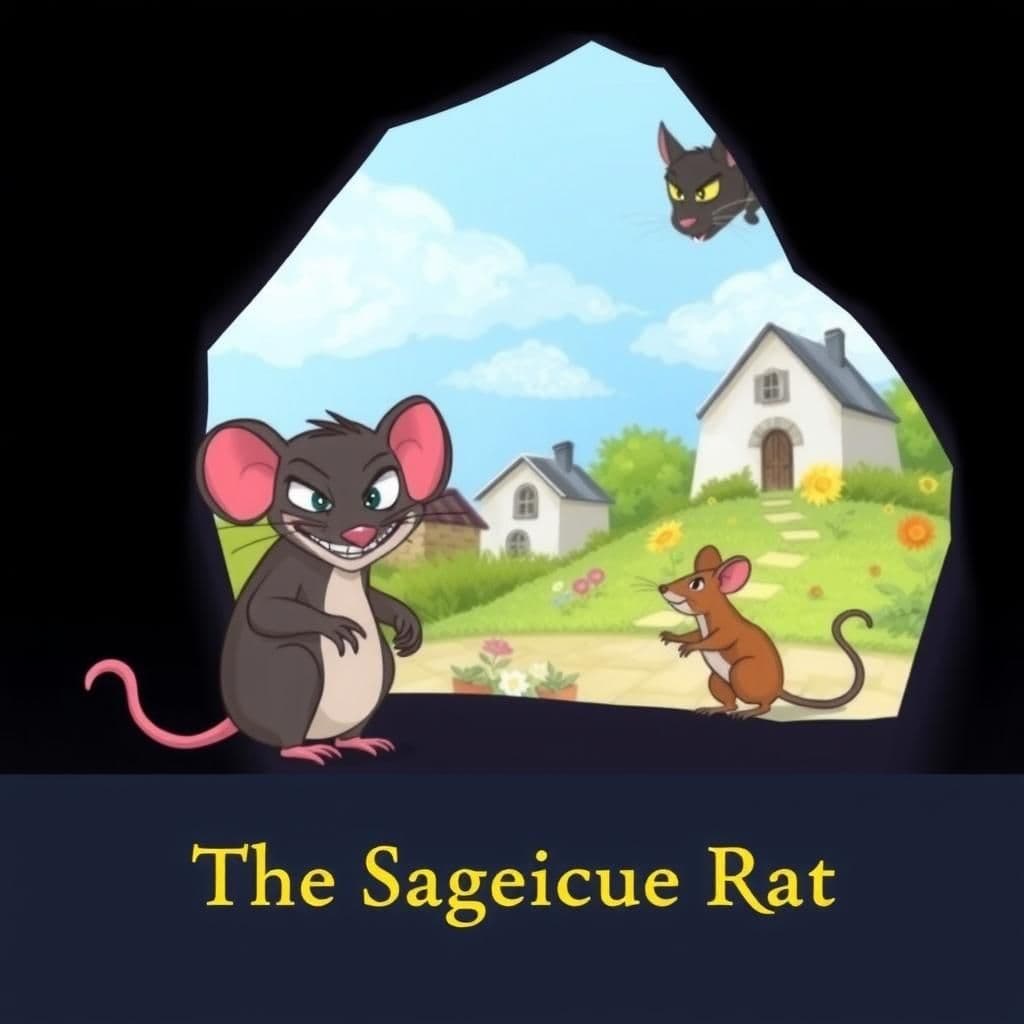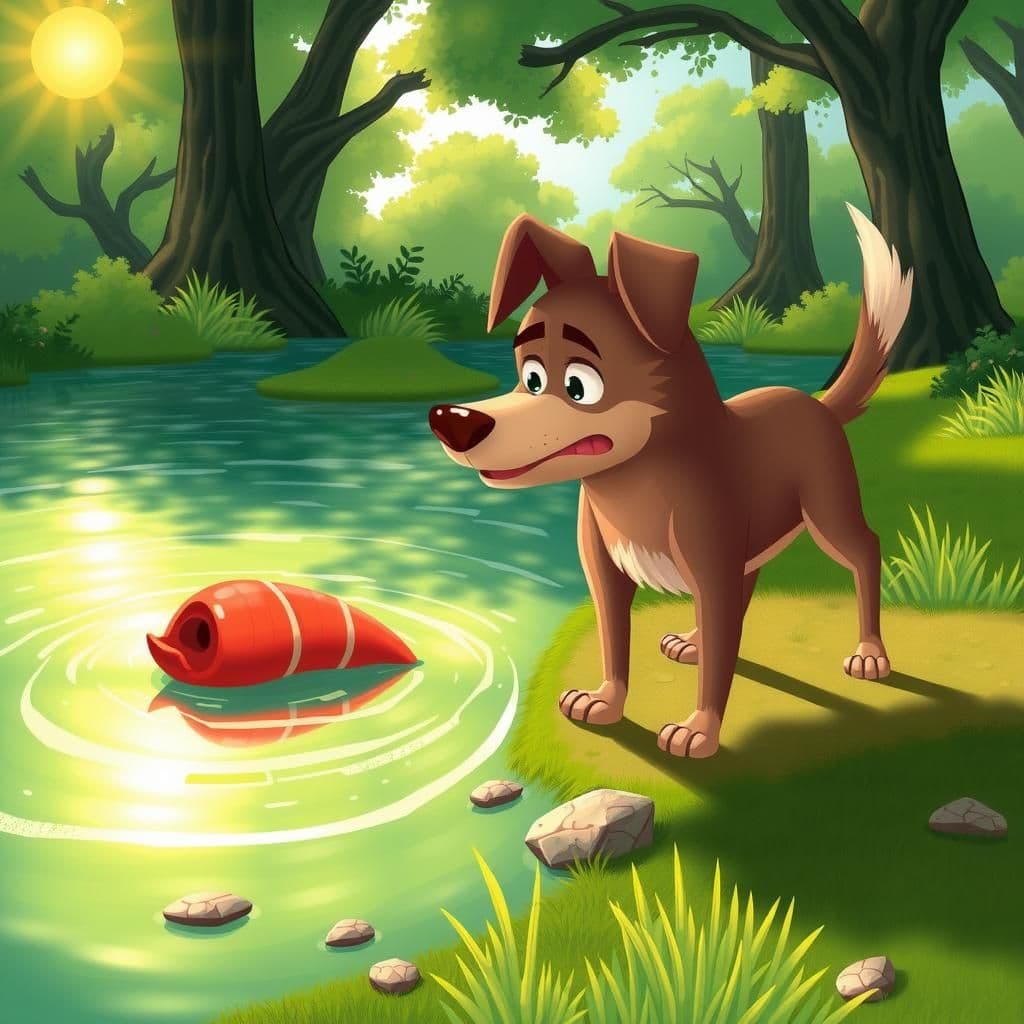The Sagacious Rat

Story Summary
In "The Sagacious Rat," a clever rat deceives his friend into believing he is honored by his company, leading him to exit their hole first and fall victim to a waiting cat. This short and sweet moral story illustrates the dangers of misplaced trust and the cunning nature of deceit, making it a valuable addition to childhood stories with moral lessons. Ultimately, it serves as a poignant reminder of the importance of being cautious in whom we place our trust, a theme relevant for moral stories for class 7.
Click to reveal the moral of the story
The story illustrates that flattery can lead to one's downfall, as those who seek to appear important may unwittingly expose themselves to danger.
Historical Context
This fable, attributed to Aesop, is part of a rich tradition of storytelling that uses animals to convey moral lessons. Originating in ancient Greece in the 6th century BCE, Aesop's fables have been retold and adapted across cultures, often emphasizing themes of cunning, deception, and the consequences of vanity. The story of the rat and the cat illustrates the dangers of pride and the importance of humility, resonating with audiences throughout history.
Our Editors Opinion
This fable highlights the dangers of flattery and the consequences of misplaced trust, reminding us that appearances can be deceiving. In modern life, this is akin to a workplace scenario where an ambitious employee pretends to support a colleague, only to lead them into a risky situation for personal gain, ultimately leaving them vulnerable to failure or reprimand.
You May Also Like

Physicians Two
In "Physicians Two," a wicked old man feigns illness to avoid taking medicine prescribed by two conflicting physicians, who treat him for weeks. When the doctors accidentally meet and argue over their differing remedies, the patient reveals he has been well for days, highlighting a humorous life lesson about honesty and the absurdity of trying to manipulate others. This quick moral story reminds us that deceit can lead to unnecessary complications and that honesty is often the best policy.

The Lion and the Dolphin
In this creative moral story, a lion and a dolphin form an alliance, believing their dominions over land and sea should unite them as friends. However, when the lion calls for help in a fight with a wild bull, the dolphin's natural limitations prevent him from assisting, leading the lion to accuse him of betrayal. The dolphin explains that his inability to help stems from the constraints of nature, illustrating a valuable moral lesson about understanding and accepting each other's differences in this small moral story.

The Dog Who Lost His Prey for a Shadow
In Aesop's classic moral story, "The Dog Who Lost His Prey for a Shadow," a dog foolishly drops its actual prey to chase after its reflection in the water, nearly drowning in the process. This entertaining tale serves as a cautionary lesson on the dangers of greed and the deception of appearances, making it a standout in short story collections with moral lessons for young readers. Aesop's fables remain among the top 10 moral stories, highlighting timeless truths about human nature.
Other names for this story
Clever Rat Escape, The Wise Rat's Trick, Rat and Cat Conundrum, Deceptive Rodent, The Cunning Rat, Rat's Clever Maneuver, The Shrewd Rat, Outsmarting the Cat
Did You Know?
This fable illustrates the theme of self-preservation versus the desire for social status, as the rat's cunning manipulation of flattery ultimately allows him to escape danger while sacrificing his friend for his own safety. It highlights the dangers of vanity and the consequences of placing pride above caution.
Subscribe to Daily Stories
Get a new moral story in your inbox every day.